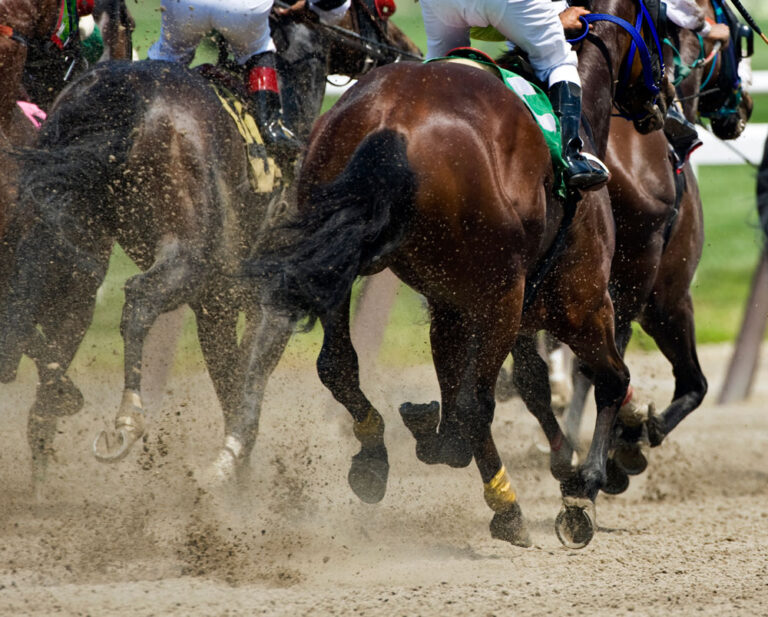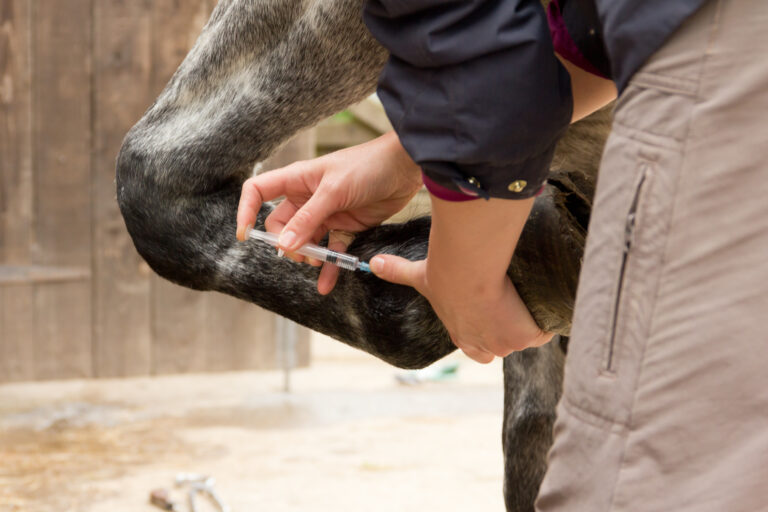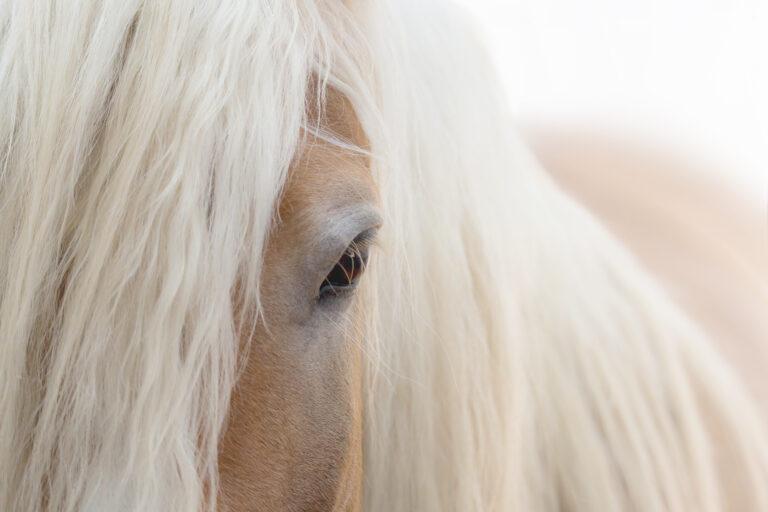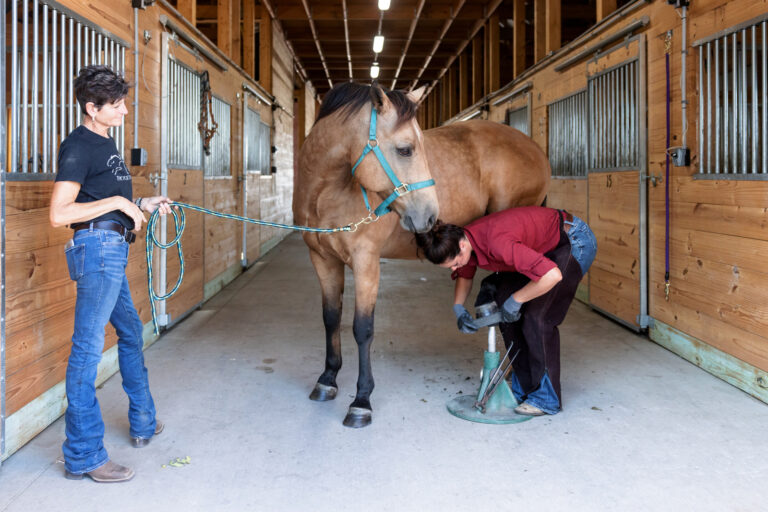
Studies in people have found neutrophil gelatinase-associated lipocalin (NGAL) concentrations are increased in asthma. They can be used to distinguish between asthma subtypes. NGAL has not yet been investigated in equine asthma (EA). The aim of this retrospective cross-sectional study was to investigate the ability of NGAL concentrations in bronchoalveolar lavage (BAL) fluid and serum to distinguish between control horses, horses with mild–moderate EA (MEA) and horses with severe EA (SEA).
Details of endoscopic examination including tracheal mucus score (TMS, scale 0–5) and BAL cytology performed on 227 horses were extracted from records. NGAL concentrations were measured on stored serum and BAL fluid samples. The horses were divided into three groups (control group n = 73, MEA n = 98, SEA n = 56) based on clinical signs and BAL cytology results. Differences between groups and correlations between BAL NGAL, serum NGAL and BAL cytology were evaluated.
BAL NGAL concentrations were higher in EA than in control horses (median: 25.6 and 13.3 μg/L, respectively, p < 0.001). Concentrations of NGAL in BAL differed between groups. There were higher concentrations in MEA than in control horses (median: 18.5 and 13.3 μg/L, respectively, p < 0.001), and higher concentrations in SEA than in MEA horses (median: 54.1 and 18.5 μg/L, respectively, p < 0.001). BAL NGAL concentration differed between horses with TMS ≤2 and >2 (median 15.6 and 21.1 μg/L, respectively, p = 0.004). There were no differences in serum NGAL concentration between any of the groups.
Bottom line: BAL NGAL concentration differed between control and EA and reflected severity of disease. These results justify further research into the potential of NGAL as a biomarker of EA.
https://beva.onlinelibrary.wiley.com/doi/epdf/10.1111/evj.13939




